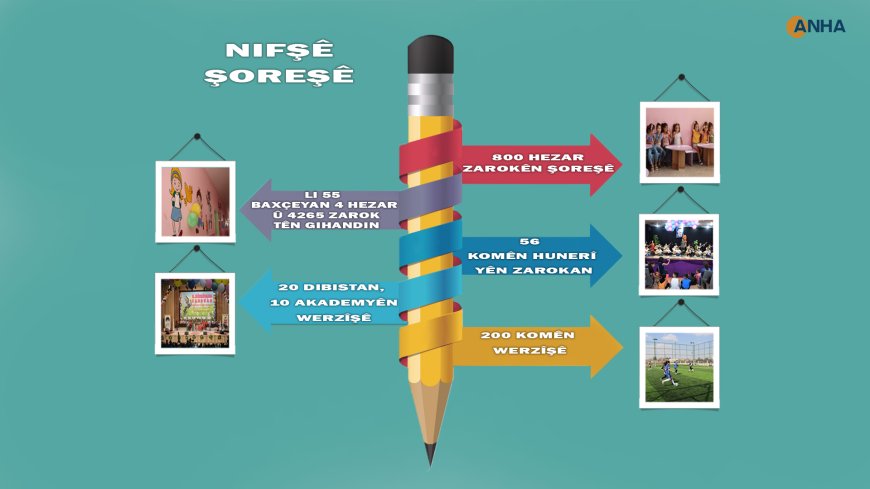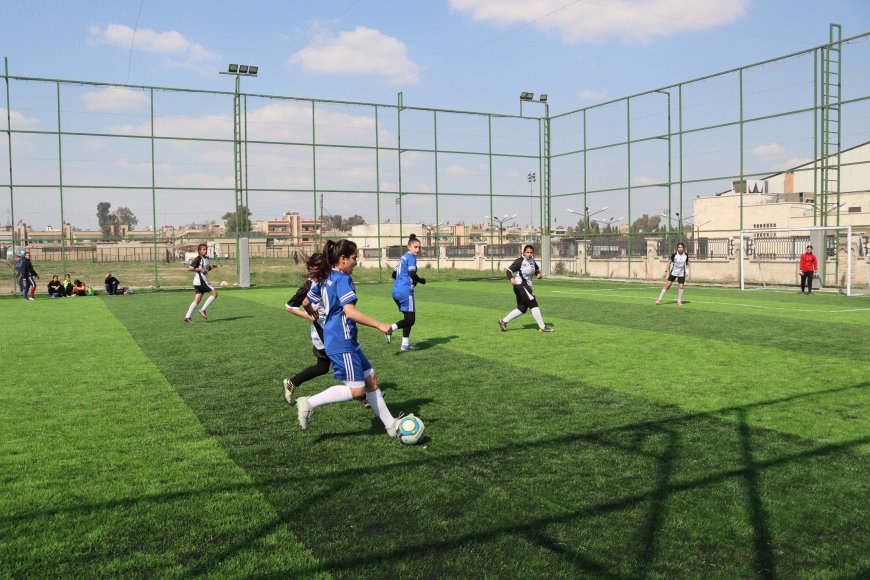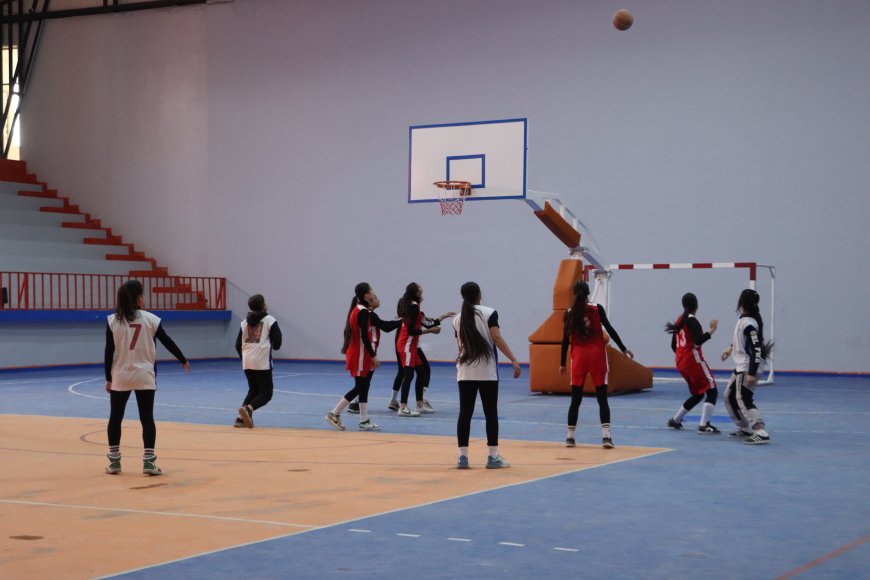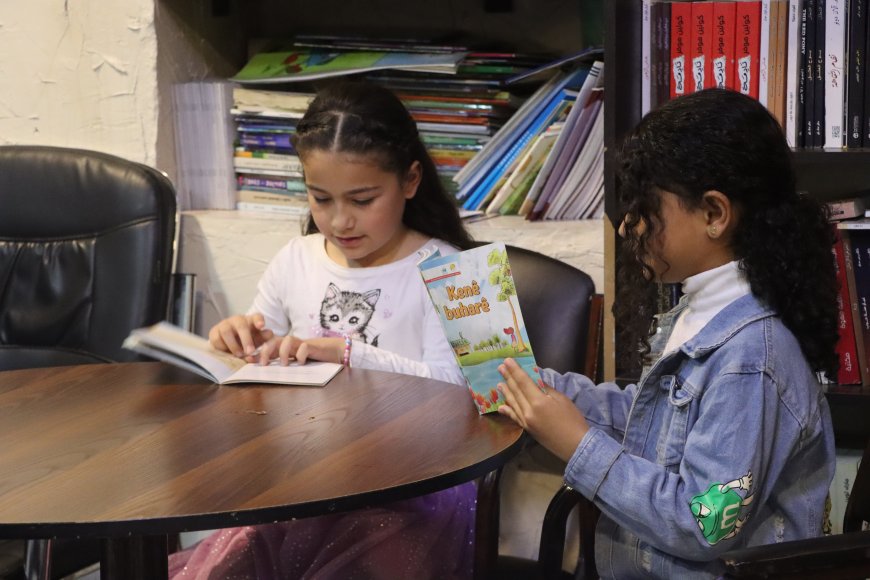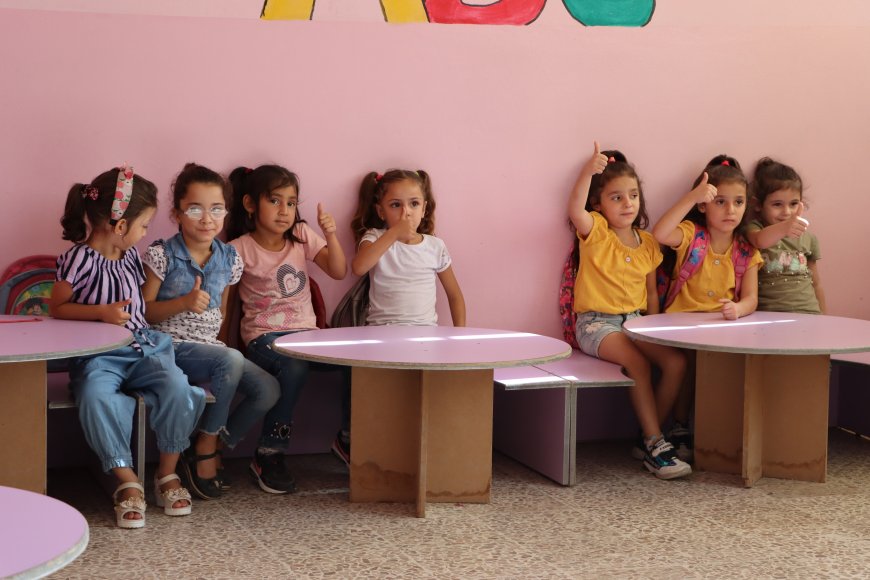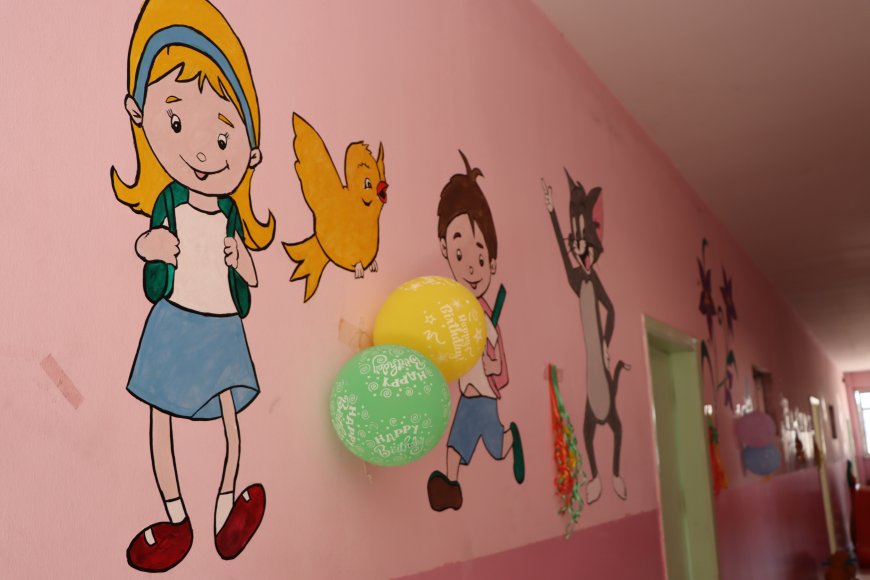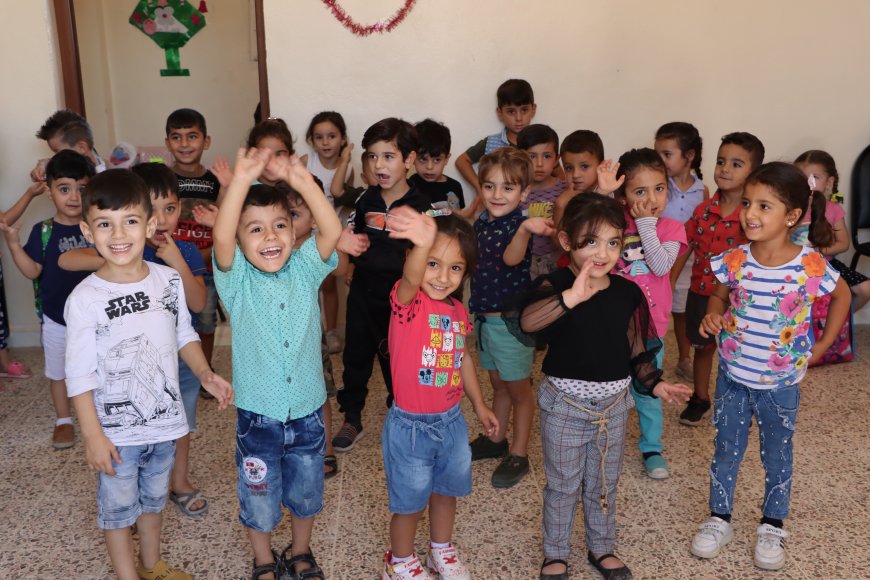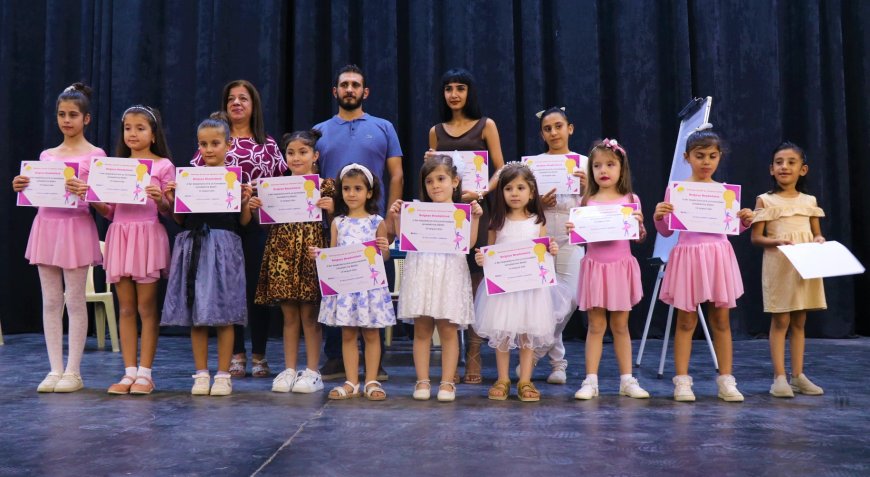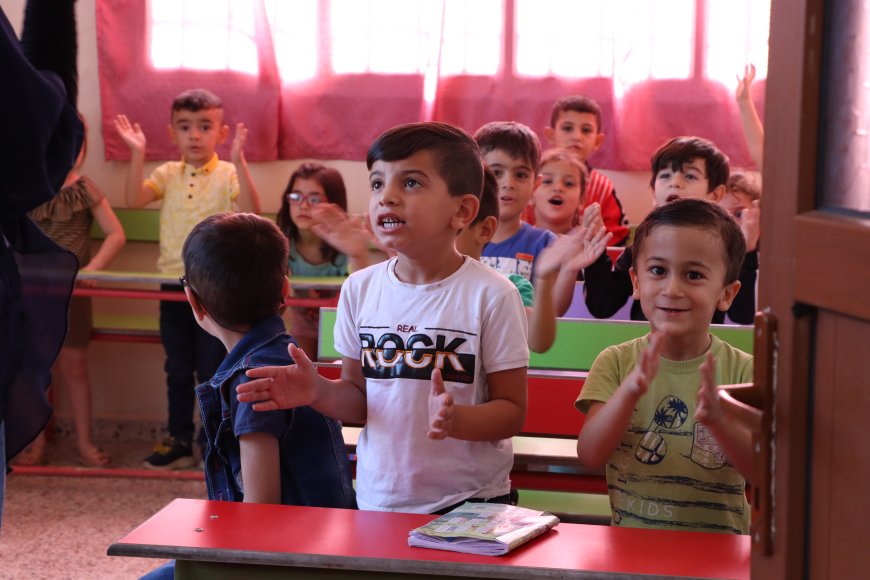Generation of revolution
A new generation, including more than 800 boys and girls who were born during the revolution, are studying language, culture, art, history, health, and sports in schools that seek to raise them in equality and respect.
When the spark of revolution broke out in Daraa Governorate on March 15, 2011, the city’s children also wrote with their little fingertips the word “Freedom” on school walls. They dreamed and believed in freedom, but the intervention and attacks of foreign powers turned this popular revolution into violence and destruction, claiming the lives of thousands of children.
In Rojava too, children had dreams and security, children of an oppressed nation whose state was not even recognized, children whose ancestors dreamed and believed in freedom and struggled, fought, led, and worked to build a bright future for themselves.
The July 19th Revolution came and left its mark on the pages of history as a result of these great efforts based on reason, knowledge, courage, and innovation.
“Wishes of all the children of Syria
It was launched under the leadership of the Kurds, but it was quickly adopted by all the people, with all their beliefs and components, and this is why it is known as the Autonomous Administration of North and East Syria.
Thus, it commemorates all the children of Syria and fulfills their hopes and wishes. Children who grow up in their culture and language in a free environment form the basis of the region’s future.
Education of children is one of the most important decisions taken during the revolution.”
Multilingual education
- Under the articles related to education in the Social Contract, educational programs were issued for children. What is striking about them and distinguishes them from the educational systems in other countries is that each component can issue educational programs.
Article 22 of the Social Contract, which is relevant to this point, stipulates: “Preventing monopoly in the fields of education and health.”
Article 98 of it specifies the tasks of the Education Council and states: “It teaches the official languages and other languages within the Democratic Autonomous Administration ( DAA). It is concerned with popular awareness. It develops the mentality of the democratic nation, starting from the nursery stage until the university stage. It develops educational projects and educational and cultural curricula and scientific. For the sake of all segments of society. It develops institutions specialized in its work, and opens academies that work to qualify the educational staff.
The education system in public schools (primary, middle, and secondary) adopts 3 languages (Kurdish, Arabic, and Syriac), and private schools can be opened in addition to that.
800,000 students, male and female
A comprehensive census has not been conducted in the region, but according to the number of children receiving education in schools, the region has witnessed the birth of 800,000 boys and girls since the beginning of the revolution until this year. All of these children study history, culture, art, language, geography, health, and sports in different classes. They are raised on equality, respect, and knowledge, away from racism.
Kindergarten
For pre-primary children between the ages of 1-5 years, several kindergartens have been opened. The 55 kindergartens affiliated with the Autonomous Administration institutions include 4,265 male and female children. Female teachers and nannies take care of the children in these kindergartens, which include play halls. They also organize many activities, such as theater and music.
In addition to the kindergartens of the autonomous administration, there are special kindergartens for Kurdish, Syriac, Assyrian, Arab, and Armenian children.
56 artistic and cultural groups
The field of culture and art is one of the important fields in which children and their talents are developed. Musical, theatrical, drawing, and other activities continue under the umbrella of the Culture Movement, the Mesopotamia Movement for Culture and Art, and the Golden Crescent Movement for Women’s Culture. In various of these fields, 56 children’s groups from various components of the region were formed, and they perform their art at various celebrations, programs, and events.
High school student (tenth grade), Alma Murad, 14 years old, is taking guitar lessons at the Martyr Noila School for Fine, Vocal, and Movement Arts. She says: “I am continuing my education and refining my artistic talent together. I transform my feelings into melodies and tones, and I want to convey the voice of the revolution and society to the world through this art.”
In the field of sports, many sports schools have been opened, some affiliated with the Youth and Sports Authority and some private. According to the number of institutions concerned, there are 20 sports schools in North and East Syria, 10 academies, in which children under the age of eighteen are trained. Among the departments existing in these schools and academies are: football, taekwondo, volleyball, basketball, table tennis, and chess. Children from these schools and academies join these teams, and about 200 children's teams in various types of sports have been formed.
Some of these sports teams participate in local and foreign competitions, and some of them have won important prizes in football and taekwondo competitions at the level of Syria and Asia.
“We want to represent the region.”
We spoke to the coach at the Brati Brothers School, Samih Ali, while he was training about 150 children at Haitham Kajo Stadium, with other coaches. He told us some information about his work in the field of sports.
Samih Ali revealed that he has been training children between the ages of 4 and 13 for 10 years. He said: “Sports develop the social and health aspects as well, and our goal with the training we provide is for these children to represent the region in the future.”
T/ Satt.
ANHA

